

Lighting is often regarded as the fourth dimension of architecture, playing a transformative role in shaping our perception of built environments.
Just as height, width, and depth define the physical structure of a space, lighting adds the dimension of time and mood. It has the power to accentuate architectural details, create focal points, and set the ambiance. Skillful lighting design can make a space feel cozy and intimate, or open and expansive. It can guide our movement through a building, enhance its functionality, and even evoke emotions.
In this way, lighting goes beyond mere illumination; it becomes an integral part of the architectural narrative, enhancing the aesthetics and functionality of a space, and making it truly come alive.


The heart of an LED light is the LED (Light Emitting Diode) itself. LEDs are semiconductor devices that emit light when an electrical current passes through them. LED technology is highly efficient, long-lasting, and produces bright, white light.

LED drivers are electronic components that regulate the electrical current supplied to the LEDs. They ensure that the LEDs operate at their optimal voltage and current levels. LED drivers also play a crucial role in dimming and controlling the brightness of the street light.

LEDs produce heat during operation, and a heat sink is used to dissipate this heat to maintain the LED's temperature within safe limits. Proper heat management is essential to ensure the longevity and performance of the LED.
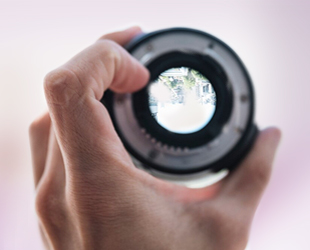
An optical lens or reflector is used to control the distribution of light emitted by the LED. It helps direct the light where it is needed, such as onto the road, minimizing light spillage and wastage.

The fixture housing or casing encloses and protects the internal components of the light from environmental factors like rain, dust, and extreme temperatures. It is usually made from durable materials like aluminum.

Many LED lights are equipped with photocells or motion sensors to automatically control the lighting based on ambient light levels or detected motion. This feature helps save energy by turning the lights on and off when needed.
Lux is a measure of illuminance or the amount of light that falls on a surface.
LED lighting fixtures are designed to provide specific lux levels for various applications, ensuring appropriate brightness for tasks or ambiance in different spaces.
LEDs are semiconductor devices that emit light when an electric current passes through them.
LEDs are highly energy-efficient, have a long lifespan, and are a popular choice for lighting due to their durability and versatility.
Power factor is a measure of how efficiently electrical power is converted into useful light in LED fixtures.
A high power factor (close to 1) indicates efficient energy usage, which is important for reducing electricity costs and minimizing energy waste in LED lighting systems.
CRI is a metric that measures how accurately a light source renders colors compared to natural sunlight.
LEDs often have a high CRI, providing vibrant and true-to-life colors in the illuminated environment. A CRI value of 80 or above is typically considered good for general lighting.
LED lighting is known for its energy efficiency, with lower wattage compared to traditional incandescent or fluorescent lighting for the same level of illumination.
LEDs produce more lumens (brightness) per watt consumed, resulting in cost savings and reduced energy consumption.
Color temperature refers to the warmth or coolness of the light emitted by LED fixtures, measured in Kelvins (K).
LEDs come in various color temperatures, ranging from warm white (e.g., 2700K) to cool white (e.g., 5000K).

Choosing the right lighting for your space involves considering various factors to ensure that it meets both functional and aesthetic needs. Here’s a step-by-step guide to help you make the right lighting choices
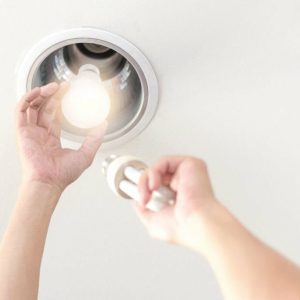
Determine the primary purpose of the space. Is it for general illumination, task lighting, ambient lighting, or accent lighting? Different areas may require different types of lighting.
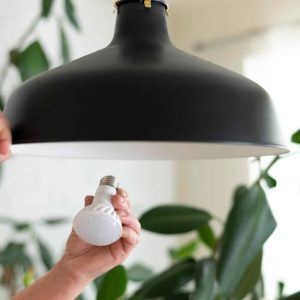
Take into account the amount of natural light the space receives. Spaces with ample natural light may require less artificial lighting during the day, while those with limited natural light may need more.

Assess the level of brightness needed for the space. Factors such as room size, function, and personal preference will influence the intensity of lighting required.

Lorem ipsum dolor sit amet, consectetur adipiscing elit. Ut elit tellus, luctus nec ullamcorper mattis, pulvinar dapibus leo.
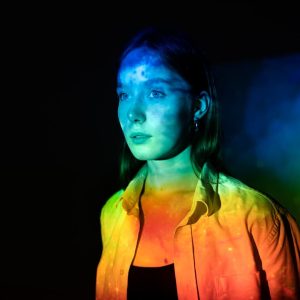
Choose the right color temperature for your lighting, which affects the ambiance. Warmer tones (2700-3000K) create a cozy atmosphere, while cooler tones (4000-5000K) provide a brighter, more energetic feel.

To save energy and reduce costs, consider LED or CFL bulbs, which are energy-efficient and have a longer lifespan compared to traditional incandescent bulbs.
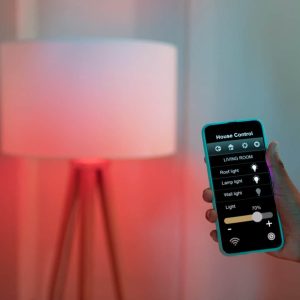
Consider installing dimmer switches or smart lighting systems that allow you to adjust the light levels to suit different activities and times of day.
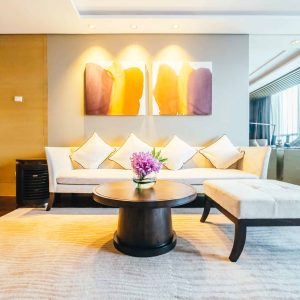
Create depth and versatility in your lighting by using multiple layers, including ambient, task, and accent lighting. This approach provides flexibility and enhances the overall lighting scheme.

Once you've installed the lighting, test it out and make any necessary adjustments. Ensure that the lighting meets your needs and enhances the functionality and aesthetics of the space.
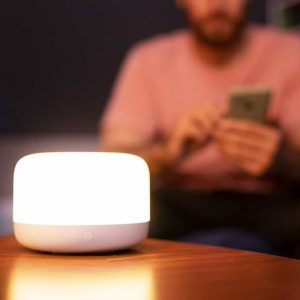
For complex lighting projects or if you're unsure about your choices, consult with a lighting designer or an electrician who specializes in lighting to ensure optimal results.






Here’s a general overview of the color temperature scale in lighting:
Emits a very cool and bluish light, often used in specialized applications. Commonly found in some outdoor and industrial settings.

Lighting simulations are invaluable tools in the world of design and architecture. They allow professionals to visualize and assess how various lighting schemes will affect the atmosphere and functionality of a space before implementation.
Through detailed computer-generated models, these simulations replicate the interplay of light, shadows, and colors within an environment, helping designers fine-tune the placement, intensity, and color temperature of fixtures to achieve optimal results.
By offering a preview of lighting effects, simulations save time, reduce costs, and enable the creation of captivating, energy-efficient, and comfortable spaces tailored to specific needs and preferences.


| Environment | Footcandles | Lux |
|---|---|---|
| Living Room | 3 | 30 |
| Bedrooms | 5 | 50 |
| Kitchen General | 9 | 100 |
| Kitchen Stove/Cooktop | 28 | 300 |
| Kitchen-Prep Counters | 47 | 500 |
| Dining Informal | 9 | 100 |
| Dining-Room Reading/Writing | 19 | 100 |
| Bathrooms | 28 | 300 |
| Hallways | 3 | 30 |
| Garage Vehicle Bays | 20 | 200 |
| Garage Workbench | 93 | 1000 |
| Laundry Room | 19 | 200 |
| Basement Rec Room | 14 | 150 |

| Environment | Footcandles | Lux |
|---|---|---|
| Warehouse | ||
| Large Items | 10 | 108 |
| Small Items | 30 | 323 |
| Aisles | 20 | 215 |
| Kitchen-Prep Counters | ||
| Private or open | 40 | 431 |
| Conference Room | 30 | 323 |
| Bathrooms | 28 | 300 |
| Break Room | 15 | 162 |
| Bathrooms | 18 | 194 |
| Factories | ||
| Assembly – Large Items | 30 | 323 |
| Assembly – Detailed | 100 | 1076 |
| Exteriors | ||
| Covered Parking | 5 | 54 |
| Urban Parking | 1.5 | 16 |
| Suburban Parking | 1 | 11 |
| Exterior Building | 1 | 11 |
| Gas Station Canopy | 12.5 | 135 |
| Retail | ||
| General | 50 | 538 |
| Department Store | 40 | 431 |
| Displays | 12.5 | 135 |
| Retail | ||
| General | 50 | 538 |
| Department Store | 40 | 431 |
| Displays | 3-10x greater than ambient | |
| Auto | ||
| Shop | 50 | 538 |
| Showroom | 50 | 538 |
| Grocery | ||
| General | 50 | 538 |
| Schools | ||
| Classroom | 40 | 431 |
| Auditorium | 7.5 | 81 |
| Hallway | 25 | 269 |





Ready to brighten your space? Contact Akarui LED Lighting today and let’s illuminate your vision together. Your lighting journey starts here.
Akarui LED Lighting is your illumination partner. We design and deliver customized, energy-efficient products and solutions with precision and sustainability at heart.
Copyright © 2024 All rights reserved to Akarui Green Energy Solutions